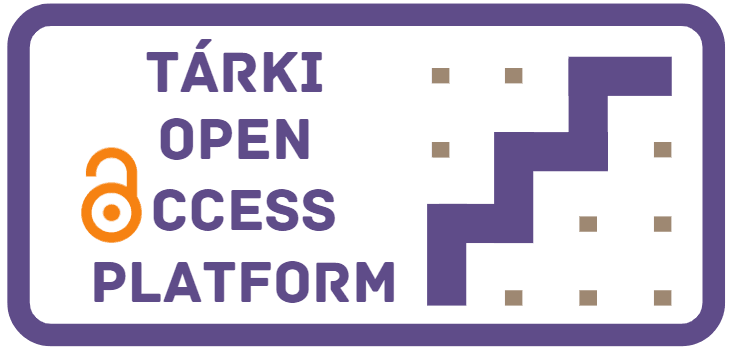Status praesens: primary health care in today's Hungary
letöltésKincses, Gyula
Status praesens: primary health care in today's Hungary
It is a well-known assertion in professional circles that the health status of a country at the population level is not determined by the number of cardiac surgery centers or how many heart-lung transplants are performed in the country, but rather by whether the population has access to well-developed, readily available primary care services to ensure fewer people require costly high-tech treatments. Regular primary care screenings and management can reduce the number of people with hypertension, help diabetics live with normal values, and, consequently, reduce the incidence of heart attacks, strokes, and amputations. Hungarian healthcare, from the end of World War II until the political transition, was characterized by a well-functioning, universally accessible primary care system that was in line with the technological standards of its time. During the socialist era, particularly in rural areas, limited transportation and communication options made the role of local general practitioners more valuable. It was during this period that the "one village - one doctor - one nurse" healthcare model was established. After the political transition, the previous primary healthcare system was replaced by the current general practitioner (GP) system, which, after a successful and promising start, has faced increasing challenges over the past decade. Today, the sustainability of the primary care system has become a topic of public discussion. The number of vacant practices is growing at an accelerating pace, and the age structure of general practitioners guarantees the further deterioration of the situation. In this paper, I will investigate the extent of the problem and whether there is a chance for recovery within the unchanged healthcare system under a linear development scenario.
